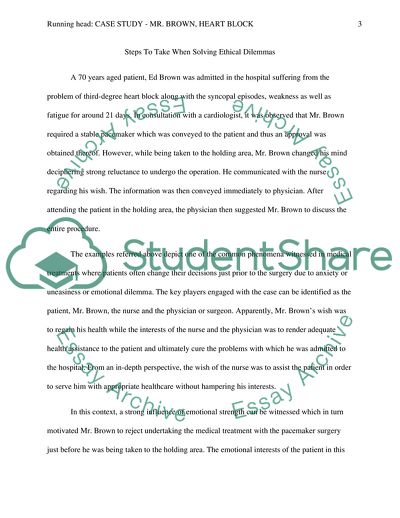Cite this document
(Case Study - Mr. Brown, Heart block Example | Topics and Well Written Essays - 1250 words - 1, n.d.)
Case Study - Mr. Brown, Heart block Example | Topics and Well Written Essays - 1250 words - 1. https://studentshare.org/medical-science/1782594-solving-ethical-dilemmas
Case Study - Mr. Brown, Heart block Example | Topics and Well Written Essays - 1250 words - 1. https://studentshare.org/medical-science/1782594-solving-ethical-dilemmas
(Case Study - Mr. Brown, Heart Block Example | Topics and Well Written Essays - 1250 Words - 1)
Case Study - Mr. Brown, Heart Block Example | Topics and Well Written Essays - 1250 Words - 1. https://studentshare.org/medical-science/1782594-solving-ethical-dilemmas.
Case Study - Mr. Brown, Heart Block Example | Topics and Well Written Essays - 1250 Words - 1. https://studentshare.org/medical-science/1782594-solving-ethical-dilemmas.
“Case Study - Mr. Brown, Heart Block Example | Topics and Well Written Essays - 1250 Words - 1”. https://studentshare.org/medical-science/1782594-solving-ethical-dilemmas.


